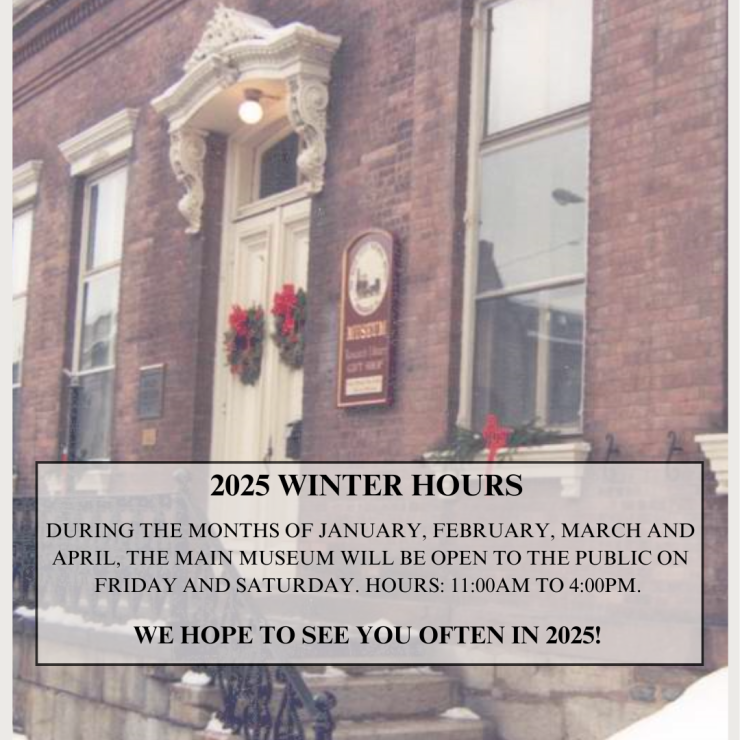Scott Township
At the time Scott Township was established in 1821 it included approximately half of what was to become Preston Township. At that time it was the fourth largest township in size and the most sparsely populated. Most of the earliest settlers in Scott Township came from other parts of Wayne County although there was a large contingent of people from New York who settled here.
Among the first settlers in the township is Samuel Alexander of Mendon, Mass. He had initially settled in Deposit, NY and soon after moved across the state line to Pennsylvania. He was joined by Elihu Tallman of Massachusetts, Peter Coal of Albany, NY and Rev. Gershom Williams of Long Island, NY.
Rev. Williams played an active part in the early history of Scott Township. He inherited considerable wealth and at one time owned property in the vicinity of Trinity Church and was the largest interest holder in the only ferry that ran between New York City and Brooklyn. He built one of the first saw mills in Scott Township about1820 and served as the township’s first postmaster when the Post Office at Scott Center was established in 1829 and was the town surveyor. However, his life took a tragic turn when, on August 1, 1847, his wife was murdered by a tramp named Harris Bell while on her way to teach a Sunday School Class. Harris Bell was convicted of murder and hanged in Honesdale on September 29, 1848.
In addition to the saw mills built by Gershom Williams and Squire Sampson, Joseph Saunders and Jesse Sampson erected a mill just below the village of New Baltimore in 1828. That mill was later re-built by Egbert Mills who added machinery for making cider. H. W. Brandt, Jacob Sclager, Henry Brunig and William Bergmiller started a tannery at the village of New Baltimore in 1855. After it closed the Scott Chemical Company was organized on that site to manufacture acetate of lime, wood alcohol and charcoal.
The first school was erected at the foot of Maple Hill in 1826 with Emily Stiles as the first teacher. Worship services originally were conducted in private homes until 1851 when Maple Hill Baptist Church members began holding their prayer meetings in an old school house. The Post Office at Sherman (formerly New Baltimore) was established in 1876 with Henry Brunig as its first postmaster. It was named after General William Tecumseh Sherman who was then at the height of his popularity.
The village of New Baltimore was renamed after Civil War hero William Tecumseh Sherman, who was then at the height of his popularity, and the post office at Sherman was established in 1876 with Henry Brunig as its first postmaster.
In 1877 Rev. Willard Parsons, a Presbyterian minister, asked members of his congregation in Sherman to act as host families to provide country vacations for New York City’s neediest children. This was the beginning of the Fresh Air Fund, a non-profit organization created to enable children living in disadvantaged communities to get away from the hot, noisy city streets and enjoy a free summer experience in the country. By 1881 the Fund was expanding so rapidly that Reverend Parson requested support from The New York Herald Tribune. In 1888 the organization was incorporated as The Tribune Fresh Air Fund Aid Society. Today, with assistance from the New York Times, thousands of children stay with host families in 13 states or attend one of five Fresh Air Fund Summer Camps. Since 1877 the Fresh Air Fund has helped more than 1.7 million children.

Navigation


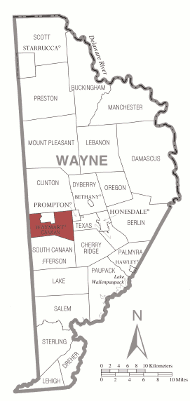
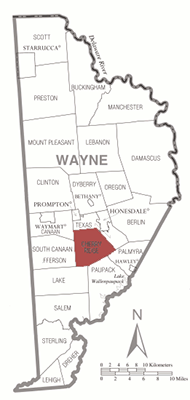
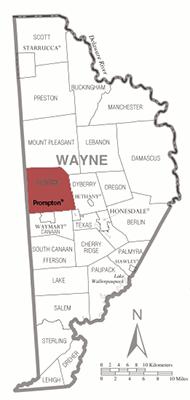


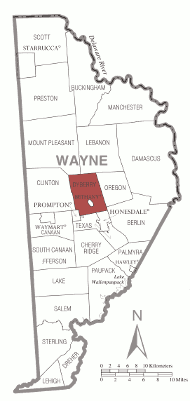


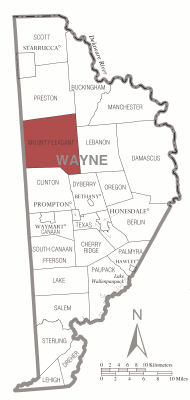




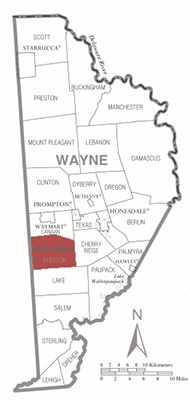
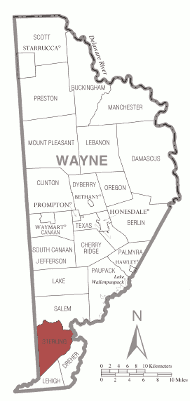
News and Events


